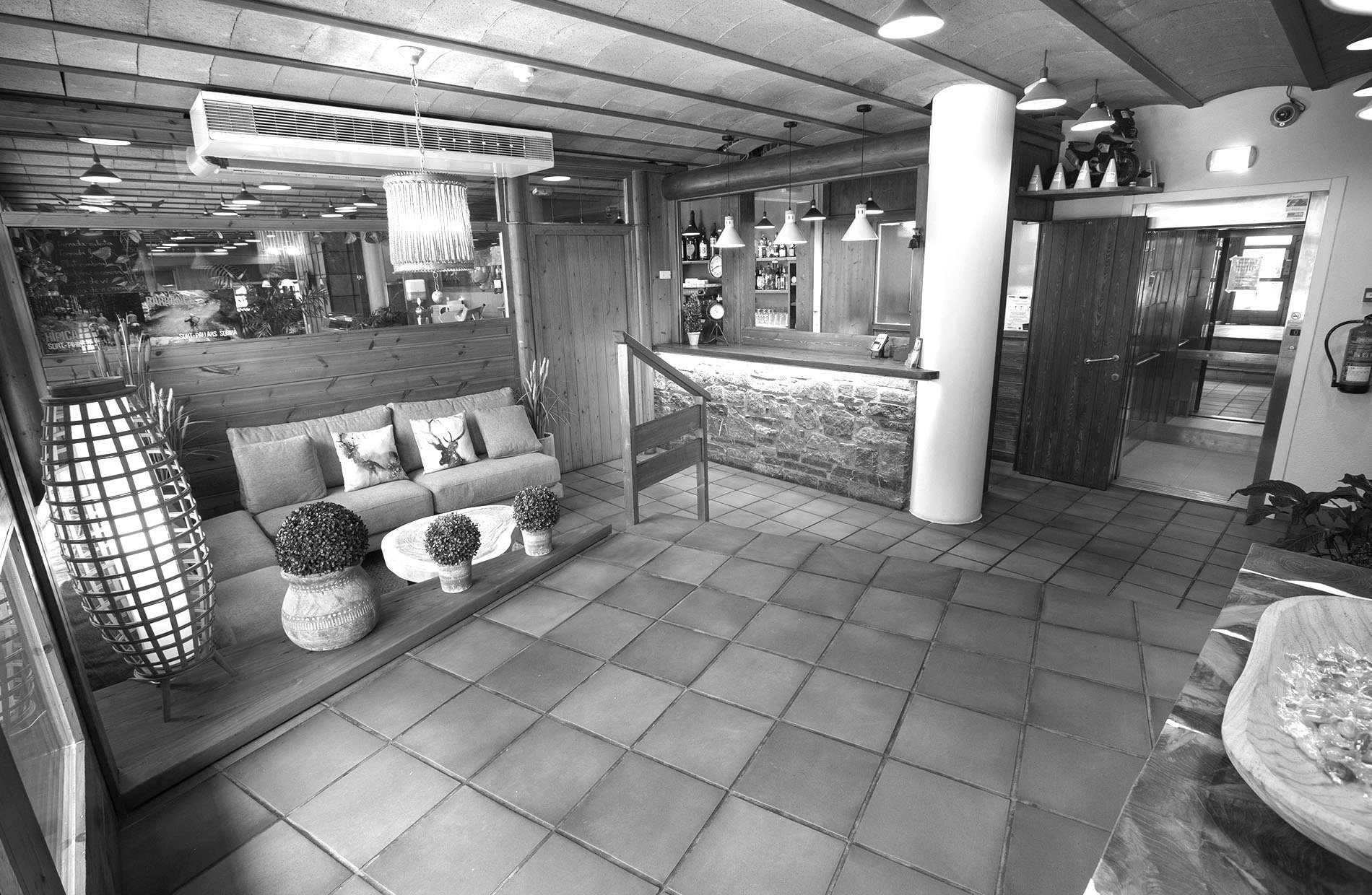The route that we propose will go through the Noguera de Cardós valley, which is divided into three municipalities: Vall de Cardós, created in the early 70s with the merger of Estaón and Ribera de Cardós, Esterri de Cardós and the one from Llororre. They are sparsely populated lands dedicated mainly to agricultural and livestock activities, but subjected for some time to this part to strong urban pressures. This route, which will show us churches of singular importance and medieval bridges over La Noguera de Cardós, excellently preserved or restored.

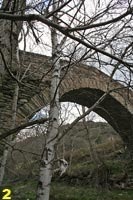
We will start in the population center of Ribera de Cardós, where the church of Santa Maria (photo 1) is located. We continue north. The road approaches the course of the river again and before reaching Cassibrós we will find the Romanesque bridge on the right that crosses it (photo 2). We will not leave the L-504 until we have passed Ainet de Cardós, where, on the right, there is a road that leads us to Esterri de Cardós and Ginestarre. In photo 3 we can see Arròs de Cardós in the foreground and Esterri in the background.

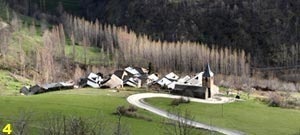

Esterri de Cardós (photo 4) is located at an altitude of 1,212 metres. The Romanesque church of Sant Pau i Sant Pere is located on the outskirts of the town next to the road that goes up towards Ginestarre, a town already at an altitude of 1,364 meters and which houses the Romanesque church of Santa Maria (photo 5). The latter will soon see increased interest, since the original Romanesque paintings preserved today in the MNAC will be reproduced exactly thanks to the new gel-paper technique, which offers excellent results, as we could see in Castell de Mur.
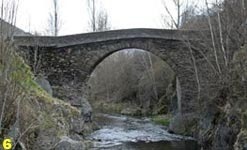
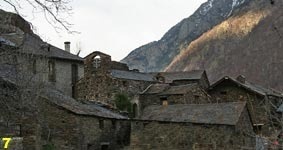
To continue the route we will have to return to the L-504 and head north again, to the town of Lladrós. Shortly after this, a path to our right leads to the Romanesque bridge (photo 6) that crosses La Noguera de Cardós next to the Mare de Déu del Pont hermitage. It is convenient to take it because parking the vehicle in the general is almost impossible. Next to the hermitage there is usually space, not much really, but enough not to disturb the few tractors that pass by.
We are almost at the bottom of the valley. The road continues to the winter resort of Tavascan, but before that, on the left, a narrow branch (photo 8) ascends to the small town of Aineto, where the church of Sant Romà (photo 7) is small and reminiscent of much to the rural churches of Andorra. Our last visit will be the Tavascan bridge, which over the homonymous river connects the two neighborhoods of this small tourist town in the Pyrenees.
Source: Romanesque en route
Link: http://ow.ly/k3RoJ

